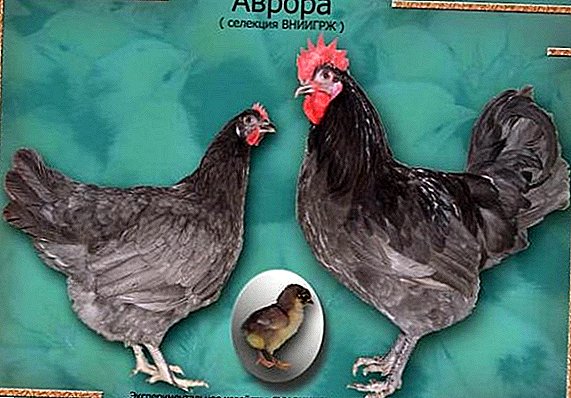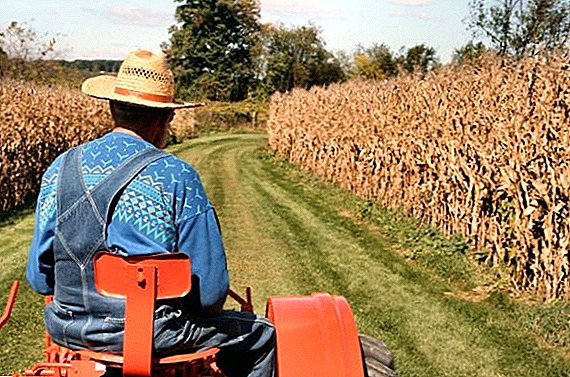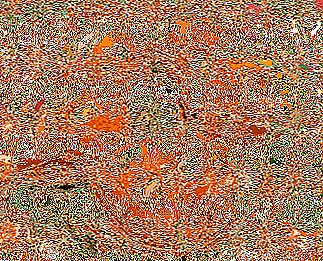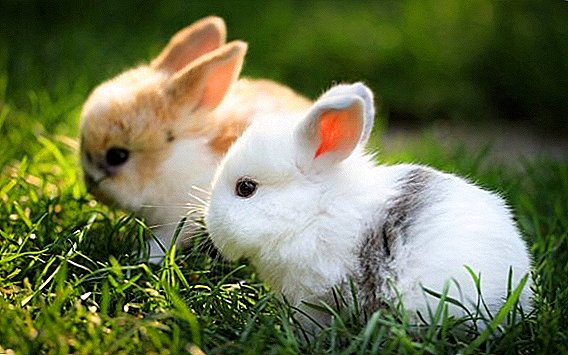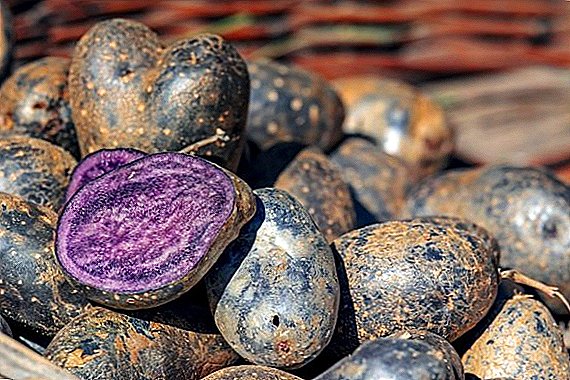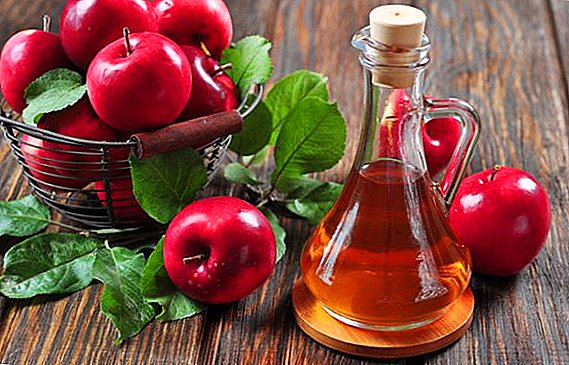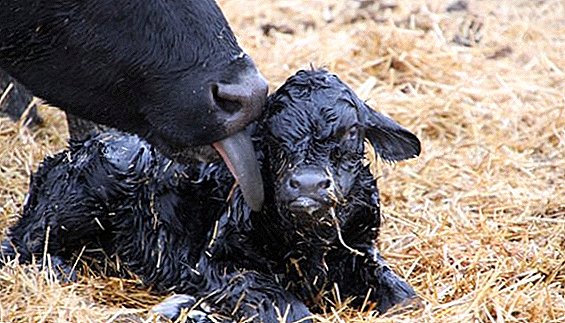 Keeping cattle is profitable, but difficult. We need specific knowledge and experience in order to organize optimal conditions, especially for young stock, because in order for calves to give a high level of productivity, they must be properly fed and raised in an environment suitable for them. How to do this will be discussed further.
Keeping cattle is profitable, but difficult. We need specific knowledge and experience in order to organize optimal conditions, especially for young stock, because in order for calves to give a high level of productivity, they must be properly fed and raised in an environment suitable for them. How to do this will be discussed further.
Methods of keeping calves at home
In order for cows to grow strong and healthy, it should be grown in compliance with all the necessary conditions. In agriculture, there are several methods of keeping newborn calves.
Individual
This method involves the separation of offspring from the mother almost immediately after birth.
Important! A newborn calf should be left with a cow for 30-40 minutes so that the mother can lick it, this will allow to stimulate lactation in a natural way.The calf is allowed to dry, after which it is placed in a specially equipped separate plastic box with a warmed floor and a small paddock located in the open air.

Group
This method involves the consolidation of several young individuals (usually 5-10) in groups by age, which are contained in specially equipped indoor premises - calf houses. The technique is used in dairy cattle breeding in order not to disturb the process of obtaining milk from cows, while calves are fed manually, which requires a lot of time and effort.
We recommend to read about what should be the weight of the calf at birth and for months, as well as learn how you can call it.
At home, group housing is convenient only if the number of young stock is small, but in a farm, this requires separate staff. As they grow older, individuals are transferred to the next calf house, and then to a common herd. 
Suckling (non-detachable)
The method used in the cultivation of animals for meat. In this case, the calves are kept near the mother, having regular access to the udder.
Did you know? Under natural conditions, if the calf is not separated from the mother, the cow will continue to feed him for up to 3 years.Usually, young stock is placed in a fenced pen near the cow’s stall and allowed to feed several times a day. In such conditions, a cow can fully feed 4 calves.

Technology development and rearing calves in domestic and industrial environments
The complex of measures to ensure comfortable conditions for the growth and development of newborn calves is an essential component for obtaining strong, durable and highly productive individuals. Both industrial and domestic cattle breeding involve the use of one of the two generally accepted technologies.
We advise you to read about how to choose a good calf when buying.
Cold method
The method of cold cultivation is used in the breeding of meat and dairy breeds. Its essence lies in the resettlement of the newborn immediately after birth into a separate unit in the open air. The unit itself is made of plastic, its walls are not insulated, but on the floor it is necessary to make a deep warm bedding of hay. Before entering the box is enclosed a small space for walking.
This method has its advantages:
- individuals grown by this method have greater endurance and strong immunity;
- being in the sun, they get the right amount of vitamin D;
- when an infection or virus occurs in one calf, further infection of the entire herd and herd is excluded.

Undoubtedly, there are downsides:
- the high cost of equipment: the acquisition of boxes will require an impressive initial investment;
- in areas with a cold climate, the livestock's need for food increases by almost a quarter of the daily norm.
Warm (traditional) method
This method has the most widespread on farms, although it is considered technologically obsolete. In this case, it is intended to keep the newborn calves together with the cows for the first 2 weeks of life, so that they have access to milk, and then, as the solid feed is gradually introduced into the diet, the group of calves is separated into a separate section in the barn until they reach the age when they can translate into the main herd.
The popularity of this approach lies in its advantages:
- no need to buy calf boxes or build separate buildings;
- the young stock is protected from temperature drops and drafts;
- babies feel calmer.

However, one can not discount the obvious shortcomings of the method:
- lack of sunlight can cause vitamin deficiencies and acute vitamin D deficiency;
- slow development of young stock due to low activity and limited space;
- any infectious disease rapidly spreads to all young livestock.
Feeding basics
Properly built diet calves from birth is the basis and the key to their full growth. The development of the digestion of young stock is divided into three periods, each of which implies a certain diet.
Find out what vitamins calves need for rapid growth, as well as what to do if the calf is sluggish and does not eat well.
In the milk period
The dairy period begins with the appearance of offspring into the world and lasts 90 days. The first 2-3 days are called the colostrum period, when the calf feeds on colostrum, which is released from the cow already on the first day after calving. The composition of colostrum is very nutritious and rich in vitamins, so its use provides the baby with the basis of future immunity.
After this period, the time comes when the young begin to eat mother's whole milk, for two weeks of life this is their main food. In addition, 7 days after birth, a small amount of pure water is introduced into the diet, because whole milk is not able to fully restore the necessary water balance.  From the 11th day of life, calves are gradually taught to eat hay, from two weeks of age a feed starter is introduced, designed specifically for young individuals. In 1.5 months, whole milk substitutes can be introduced, and already from 2 months calves begin to be gradually accustomed to silage and other juicy feeds.
From the 11th day of life, calves are gradually taught to eat hay, from two weeks of age a feed starter is introduced, designed specifically for young individuals. In 1.5 months, whole milk substitutes can be introduced, and already from 2 months calves begin to be gradually accustomed to silage and other juicy feeds.
In a period of intensive growth
Starting from 6 months of age, the grown stock begins to feed, separated by sex and purpose (dairy or meat individual). At this age, the diet gradually approaches the standard nutrition of an adult herd.
It will be useful for you to learn more about the stages of feeding the calf.
For dairy heifers, coarse and succulent fodder becomes the basis of the ration: hay, fodder beets, silage. After 8 months you can add spring straw. The amount of feed proportionally reduced, which contributes to greater milk productivity. Gobies and meat chicks, on the contrary, increase the rate of concentrated feed.
In the period of feeding
Fattening of cows for meat begins gradually in the dairy period (2.5-3 months), animals are gradually transferred to a specific diet, the process is intensified after 6 months. At this stage, it is important that the offspring receive maximum nutrients and protein for weight gain.  Corn silage is best suited for fattening, its amount is not limited to protein feed. Until the middle of the fattening period, that is, at 9-10 months, the need for raw protein increases, and after that it remains stable. In addition to protein, calves need an energy source, and, therefore, concentrated energy feed mixtures.
Corn silage is best suited for fattening, its amount is not limited to protein feed. Until the middle of the fattening period, that is, at 9-10 months, the need for raw protein increases, and after that it remains stable. In addition to protein, calves need an energy source, and, therefore, concentrated energy feed mixtures.
In the first fattening period (up to 400 kg), their amount is not less than 40% of dry matter, and in the second (up to 650 kg) - about 30%. It is also important to provide young people with a source of calcium and phosphorus by introducing a vitamin-mineral mixture into the diet (up to 3% of the daily diet).
Did you know? In the Guinness Book of Records recorded data on the largest cow in the world - Mount Katadin, whose weight was 2,270 kg.
So, consideration of the basics of growing calves in a farm makes it possible to draw a conclusion about the laboriousness of this process and high initial costs. However, the application of the above techniques will reduce possible risks and ensure optimal performance of the livestock.


